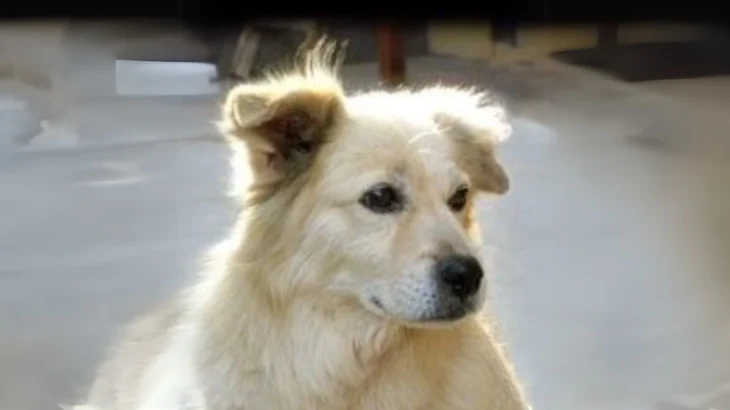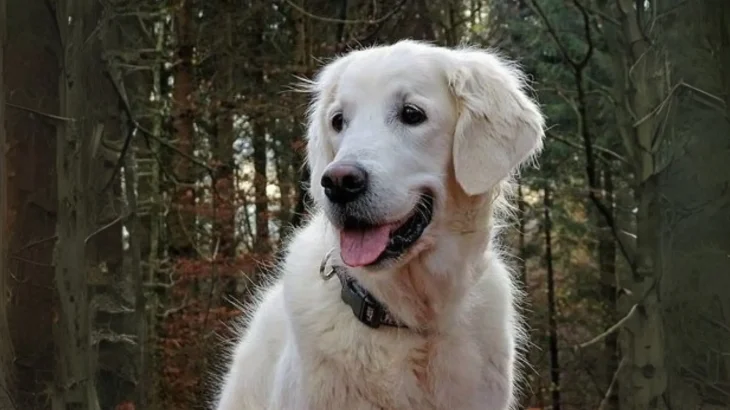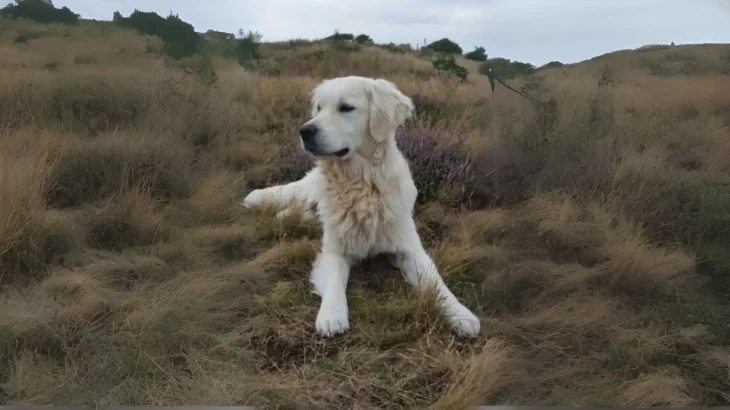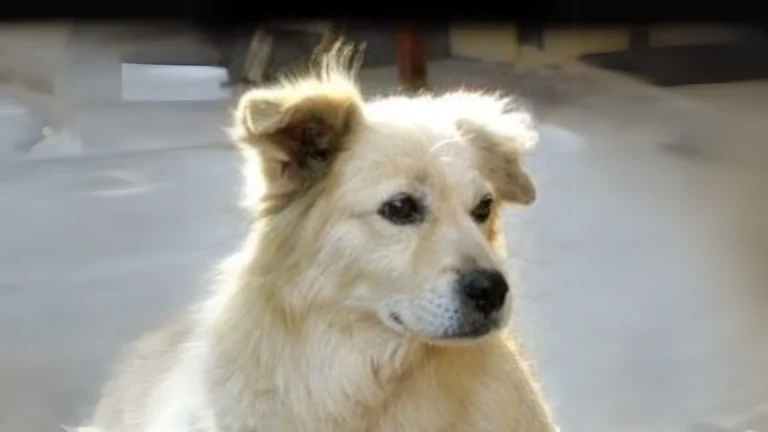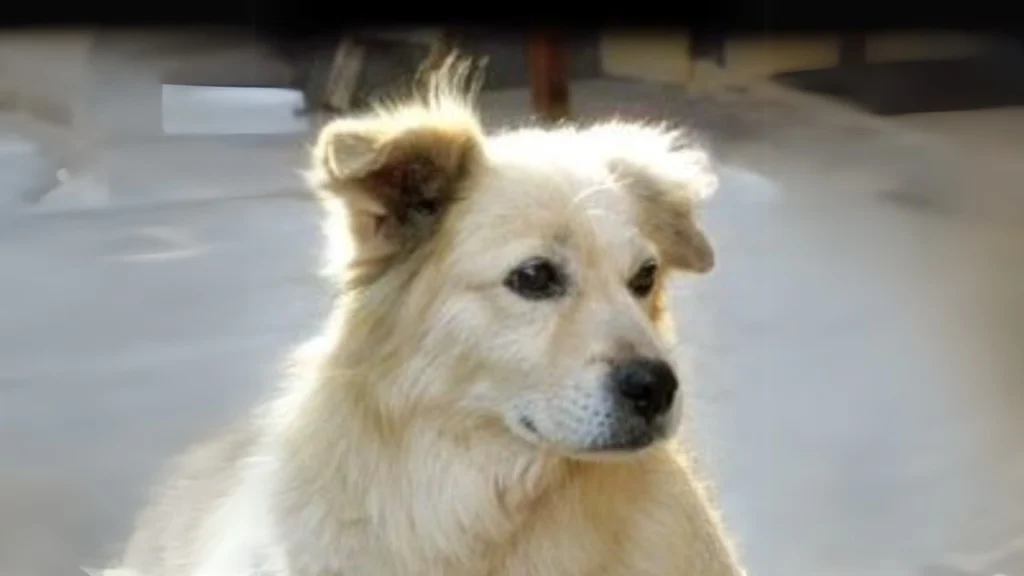Deciding whether to adopt or buy a Chiribaya Shepherd puppy is unusual since this breed is considered extinct and not available through typical sources. If interested in similar ancient Peruvian or herding breeds, your choice between adoption or buying from breeders depends on factors like health history and ethical concerns related to breed preservation.
Adoption vs. Breeder: Pros & Cons
| Criteria | Buying from Breeder | Adopting from Shelter/Rescue |
|---|---|---|
| Cost | Often higher initial cost, especially for rare or ancient breed relatives. | Lower fees, usually including vaccinations and initial care. |
| Health History | More detailed health records and genetic background likely provided. | Health info may be limited; basic checks typically done. |
| Age Availability | Puppies or young dogs available, allowing early bonding. | Wide range of ages, including adults and seniors. |
| Supporting Practices | Supports rare breed conservation if breeder is ethical. | Supports animal welfare by rescuing dogs in need. |
| Ethical Considerations | Risk of supporting puppy mills if breeder is not reputable. | Offers homes to dogs who might otherwise be neglected or euthanized. |
| Breed Purity & Pedigree | More assured breed purity and documentation. | Breed purity may be uncertain; focus is on dog's needs. |

